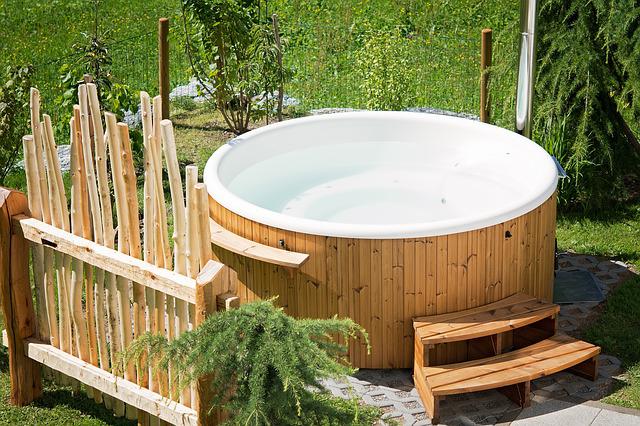
Seaplanes do not have wheels, but floats.
The compositional element hydro , coming from the Greek hydro , is linked to water . With it multiple concepts can be formed.
Seaplane
A seaplane , for example, is an aircraft that can take off from and land on the water surface . As you can see, the notion is formed with the compositional element hydro- and the noun airplane .
Seaplanes usually have floats instead of wheels. In this case they are also known as hydrofloats : thanks to the floats, the fuselage does not come into contact with the water. Hydrocanoes , on the other hand, float directly by their fuselage, similar to the hull of a boat.
Hydrocarbon
A hydrocarbon , meanwhile, is a compound that is made up of hydrogen and carbon . It is important to remember that hydrogen is the lightest and most abundant element in the universe, with atomic number 1 .
Hydrocarbons are used as a source of energy and fuel . Butane , ethane , and methane are examples of these compounds. Oil , for its part, is a mixture of hydrocarbons.
Hydrocephalus
Hydrocephalus is the dilation that occurs in the brain when cerebrospinal fluid accumulates. In ancient times it was thought that the accumulated substance was water, which is why the disorder is called hydrocephalus. Over time , it was discovered that it was actually cerebrospinal fluid, a fluid that surrounds the spinal cord and brain.
This excessive accumulation of this fluid causes dilation of the cerebral ventricles, in turn causing pressure that can damage tissues. Hydrocephalus causes vision problems, loss of consciousness, coordination failures, paralysis and dizziness. Among its causes are tumors, trauma and infections.
Hydrotherapy
Another of the many concepts that begin with this compositional element is hydrotherapy , which is based on the use of water for therapeutic purposes, both mechanically, chemically or thermally. It is part of physiotherapy and is applied to the treatment of different disorders, injuries and diseases , in spaces such as saunas, spas, special baths and thermal pools.
It should be noted that hydrotherapy has a very extensive history, since there is evidence of its use in ancient Greece, where in addition to medicinal purposes it was used in spiritual practices. Over the centuries, it has passed through different cultures , adapting to different needs and gaining more and more acceptance. Among the benefits it offers are the following:
* enhances peripheral vascular circulation;
* strengthens the immune system;
* relieves muscles in case of low back pain, tendonitis and contractures;
* combats anxiety, stress and depression with great effectiveness;
* helps improve breathing.
Hydromassage
A tub that has several outlets to fill it with hot water and empty it is known as a jacuzzi or whirlpool bathtub . The water inlet and outlet configuration is intended to generate a constant rotation to offer a relaxing experience to the user. Since it has a motor, it is possible to adjust the power. It can be used outdoors or in a closed room and can also offer the option of aromatherapy .

A hot tub installed outdoors
Hydrolysis
The chemical reaction in which a water molecule and a macromolecule take part is known as hydrolysis : the first divides, breaks at least one chemical bond and its atoms begin to be united in a different chemical species.
This concept appears in different contexts, for chemical reactions in which water is the species that gives up two free electrons to the other, such as fragmentation, elimination or substitution . Its importance revolves around water assuming the role of solvent in a large number of cases.
